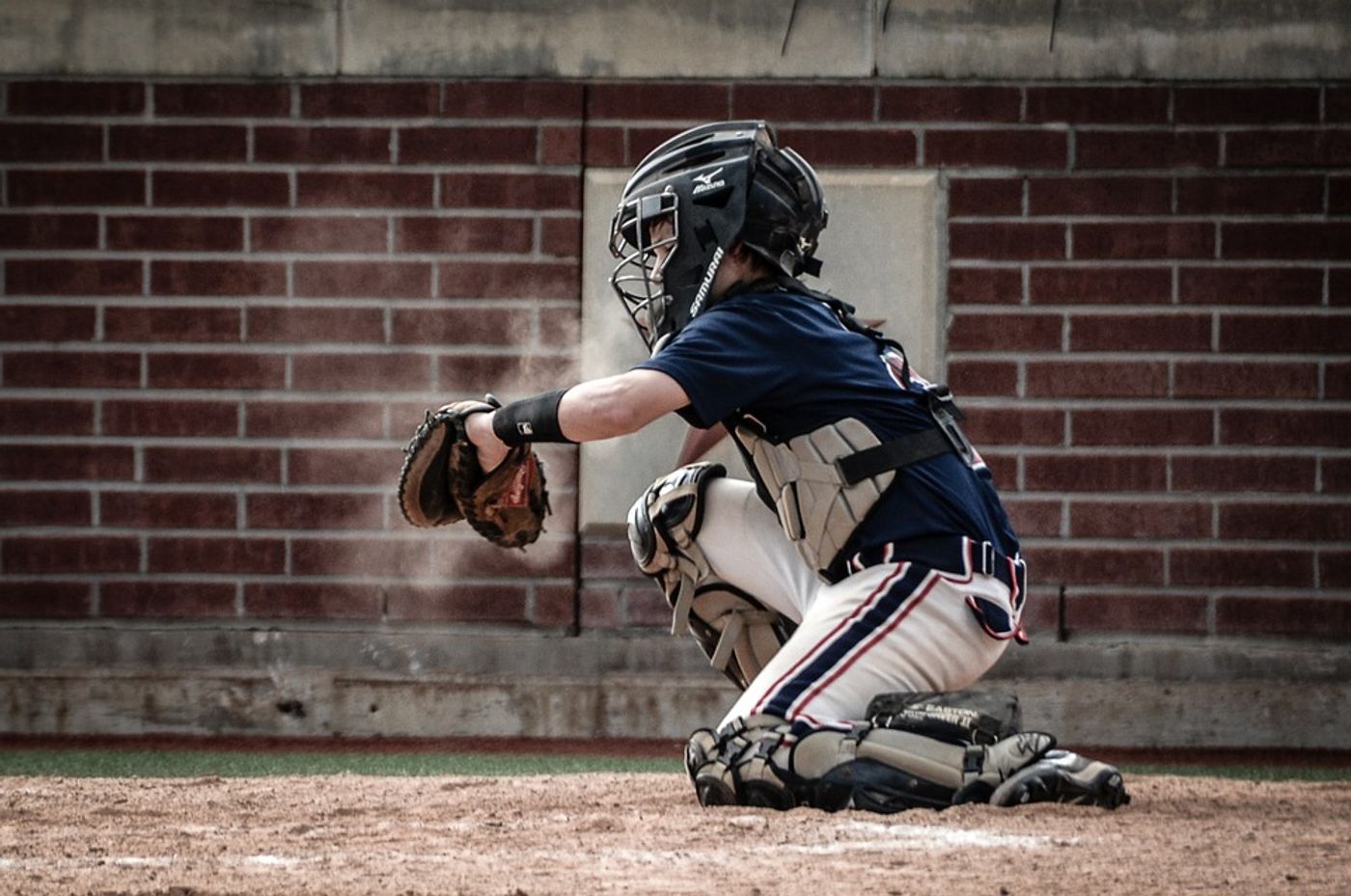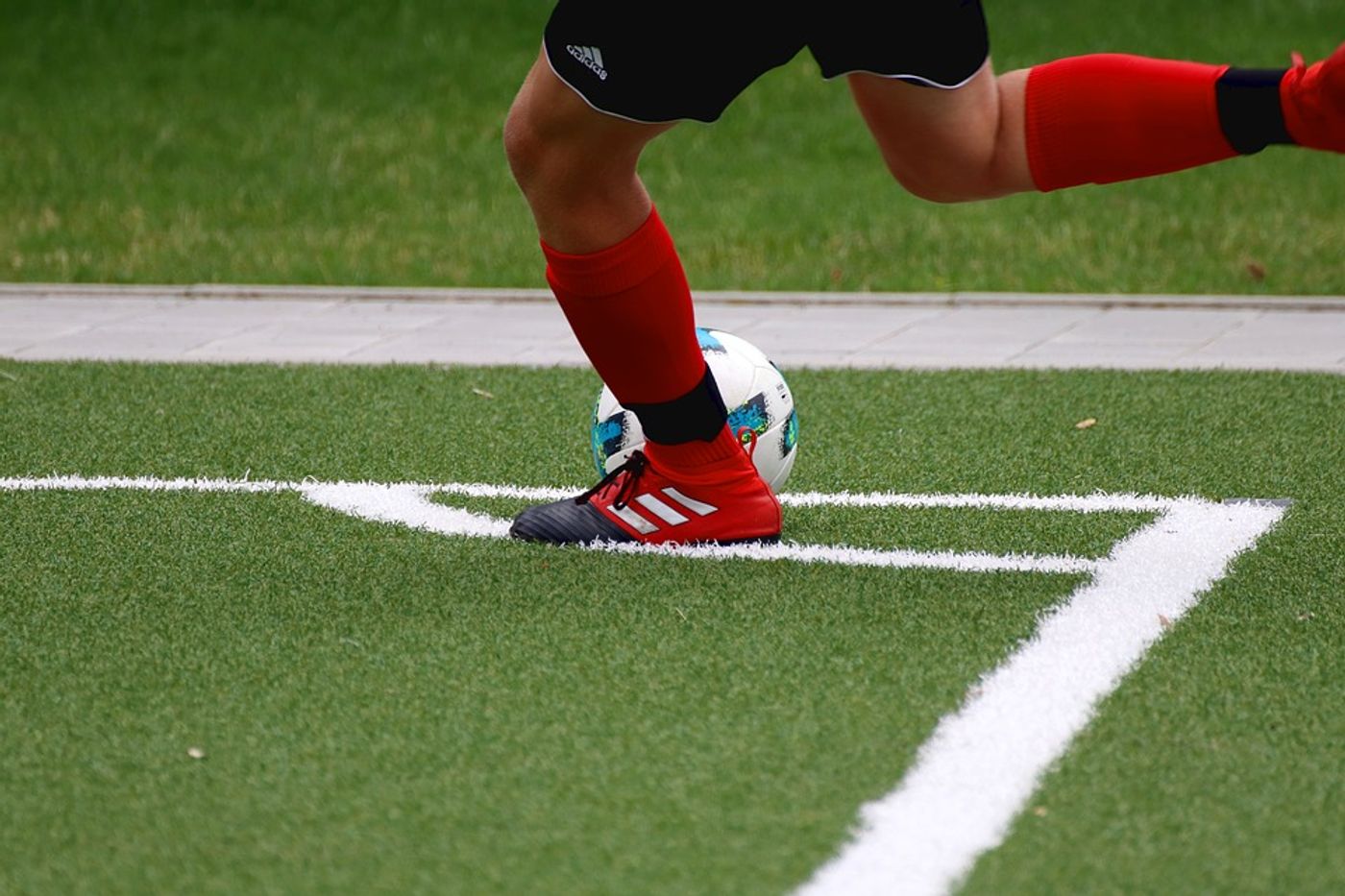Concussions In Youth Sport
Reports of concussions, a type of traumatic brain injury, in youth sports are on the rise. These injuries are most prevalent in contact sports where hard hits or falls are common. A concussion occurs following a hit or fall when the impact causes the brain to slam against the inside of the skull. This can cause symptoms like dizziness, difficulty sleeping or oversleeping, difficulty concentrating, headache or in extreme cases vomiting.
These injuries may even occur when the head does not make contact with a hard surface if the force is great enough. Over time these dangerous brain injuries are related to chronic traumatic encephalopathy (CTE), a degenerative brain disease. Not only do concussions themselves pose a risk but even repetitive subconcussive hits that occur without symptoms can cause damage. It is also thought that having sustained repeated blows to the head contributes to rates of strokes in youth.
Many young athletes are surrounded by a sporting culture that values the motivated player who can tough it out through hard games. Additionally, parents want play-time for their kids. Due to numerous internal or external pressures like these, concussions often go unreported by players so that they may continue to participate. Despite the emphasis from players, coaches and parents on play time, studies show that time spent at play is directly related to how many concussions an athlete is likely to suffer.
Besides, players and coaching staff alike may not recognize concussions when they do occur. These factors mean that despite an increase in the number of concussions being reported, statistics likely show only a fraction of the brain injuries sustained by young athletes. Furthermore, statistics are not taking count of the repetitive subconcussive forces that have also been identified as dangerous to the brain.
Part of the reason that concussions are now receiving much attention in the news is due to an attempted cover-up by the National Football League (NFL). The NFL even backed out of a signed agreement to fund research on CTE at Boston University. The study, lead by a critic of the NFL and prominent expert on neurodegenerative diseases, Robert Stern sought to highlight the association between playing football and destruction of the brain.
For young players, some sports have been identified as more dangerous than others. The most risk is associated with contact sports which contain repeated impacts. These high-risk games include rugby, American football, and ice hockey. Sports with lower risks include basketball, cheerleading, and golf. Spreading youth play over a variety of sports, some with lower risk, can help athletes stay active while protecting their brains from this type of injury.
It’s essential for players who have a concussion to be diagnosed early on and to take appropriate measures once diagnosed to heal adequately. Risks to the athlete increase after each concussion sustained, particularly when they occur close together and sufficient healing time was not provided.
The above video from The National Academies of Sciences, Engineering, and Medicine discusses concussion in young athletes and why these injuries should be taken seriously.
Sources: The National Academies of Sciences, Engineering, and Medicine, The British Journal of Sports Medicine











